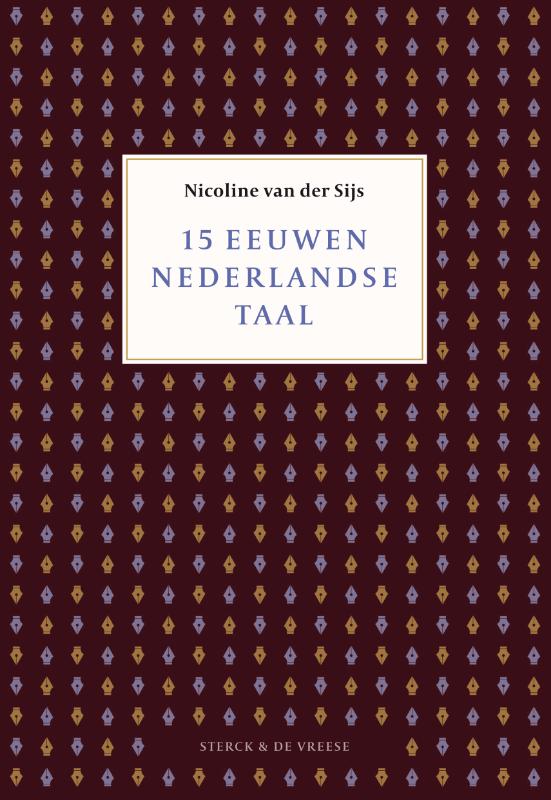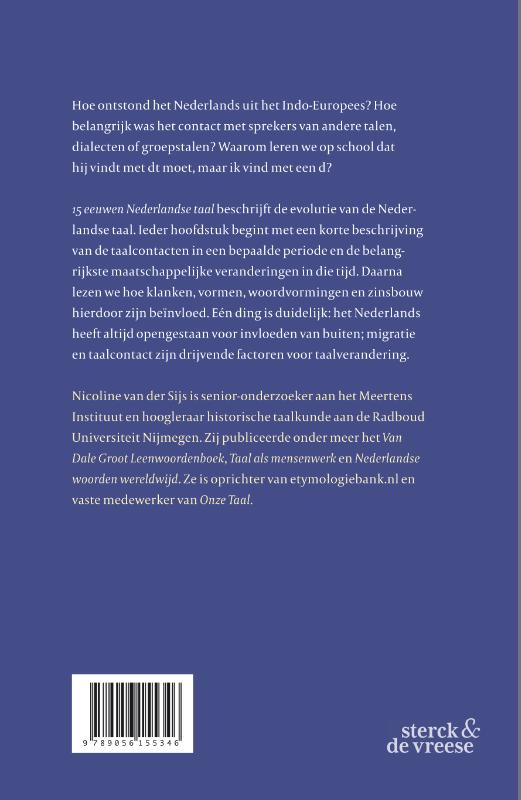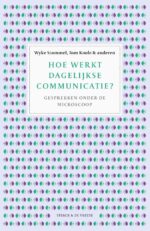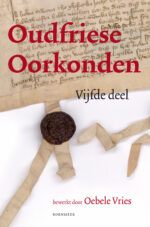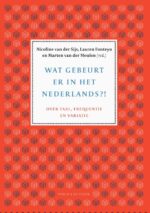15 eeuwen Nederlandse taal
€ 24,90
Hoe ontstond het Nederlands uit het Indo-Europees? Hoe belangrijk was het contact met sprekers van andere talen, dialecten of groepstalen? Waarom leren we op school dat hij vindt met dt moet, maar ik vind met een d? 15 eeuwen Nederlandse taal beschrijft de evolutie van de Nederlandse taal. Ieder hoofdstuk begint met een korte beschrijving
van de taalcontacten in een bepaalde periode en de belangrijkste maatschappelijke veranderingen in die tijd. Daarna
lezen we hoe klanken, vormen, woordvormingen en zinsbouw hierdoor zijn beïnvloed. Eén ding is duidelijk: het Nederlands
heeft altijd opengestaan voor invloeden van buiten; migratie en taalcontact zijn drijvende factoren voor taalverandering.
Nicoline van der Sijs is senior-onderzoeker aan het Instituut voor de Nederlandse Taal en hoogleraar historische taalkunde aan de Radboud Universiteit Nijmegen. Zij publiceerde onder meer het Van Dale Groot Leenwoordenboek, Taal als mensenwerk en Nederlandse woorden wereldwijd. Ze is oprichter van etymologiebank.nl en vaste medewerker van Onze Taal.
Gerelateerde boeken
-
-
Wat gebeurt er in het Nederlands?
€ 24,95Wat betekent het als een woord, zin of uitspraak vaak voorkomt, of juist bijna nooit? Deze ogenschijnlijk simpele vraag is het uitgangspunt voor een grote verscheidenheid aan bijdragen, die kijken naar de Nederlandse taal in al zijn rijkdom. Taal vroeger, taal nu, en de veranderingen die plaatsvonden. Over uitspraak en grammatica, over meta foren, uitdrukkingen en nog veel meer, vertellen 60 neer landici uit Nederland, Vlaanderen en Suriname. Nicoline van der Sijs is als senior-onderzoeker verbonden aan het Instituut voor de Nederlandse Taal en als hoogleraar historische taalkunde van het Nederlands aan de Radboud Universiteit. Lauren Fonteyn is verbonden aan de Universiteit Leiden als onderzoeker en docent (toegepaste) taalkunde. Marten van der Meulen promoveert aan de Radboud Universiteit en schrijft, spreekt en blogt over taal voor ieder publiek.
